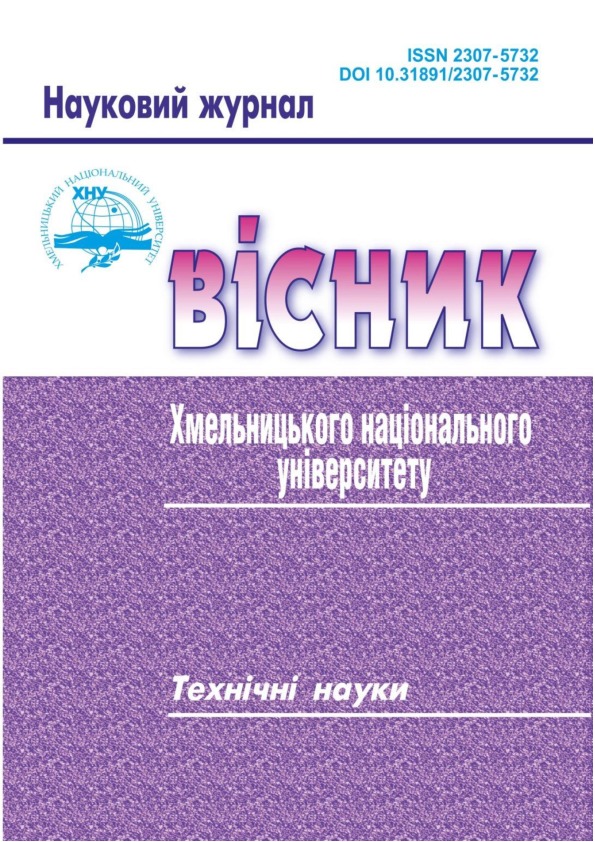id: 35532
Title: Using mathcad and labview for modeling algorithms for detection, localization and tracking of moving objects in video streams
Authors: Krasilenko V., Kuchak V., Nikolsky A., Lazarev A., Nikitovych D.
Keywords: simulation, video stream, pattern recognition, object detecting, tracking, nonlinear equivalence model, subtraction of frames, space-invariant recognition, Mathcad, Labview.
Date of publication: 2024-04-03 07:42:36
Last changes: 2024-04-03 07:42:36
Year of publication: 2024
Summary: In this work, algorithms for detection, localization and tracking of moving objects in a stream of video frames are proposed and modeled. The proposed algorithms and system are based on the use of subtraction operations as well as some other types of operations on sets of adjacent frames. The algorithms are additionally based on non-linear normalized equivalence models that use spatial equivalence functions as descriptors and measures of proximity of the template and the current video frame fragment. The simulation results of the proposed algorithms in Mathcad and LabView are presented. The use of the proposed method, equivalence models and equivalence functions from the processed difference video frames gives good results of recognition and tracking of moving objects. Experiments with a simulation model in Mathcad showed that to improve the quality of tracking systems for moving objects, in conditions when they fall behind obstacles, the best option is to use non-linear spatial equivalence functions instead of mutual correlation spatial functions when processing halftone images of video frames, to compare fragments of the difference current frame shifted along the frame with a reference difference fragment representing the object of attention. The proposed tracking method was implemented in the Labview project, which enabled effective simulation. A number of various experiments with a video file, carried out and presented in the work, showed that the method of forming a video stream from difference video frames, taking into account frame delays depending on the speed of movement of objects, gives better results compared to the method without the formation of difference frames. The proposed system based on the difference frame method combines the tracking process with the process of improved fragment recognition, expands functional capabilities, reduces computational complexity, and allows more accurate determination of the coordinates of the target pointer that moves and follows this object.
URI: http://repository.vsau.org/repository/getfile.php/35532.pdf
Publication type: Статті у наукових фахових виданнях України (Copernicus та інші)
Publication: Вісник Хмельницького національного університету. Серія: технічні науки. 2024. № 1 (331). С. 196-204. DOI: 10.31891/2307-5732-2024-331-30
In the collections :
Published by: Адміністратор
File : 35532.pdf Size : 2371412 byte Format : Adobe PDF Access : For all

| |
|
|